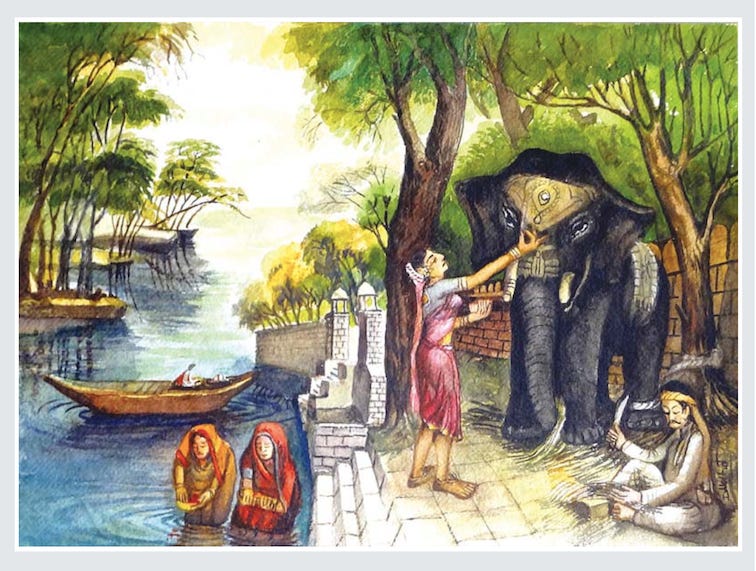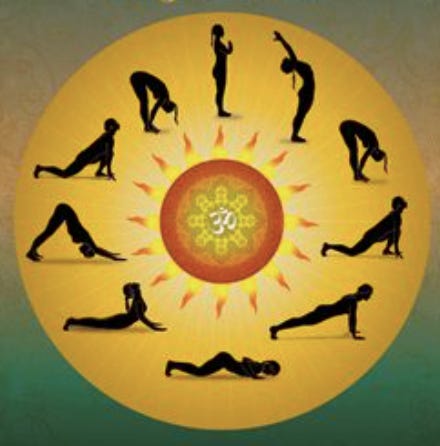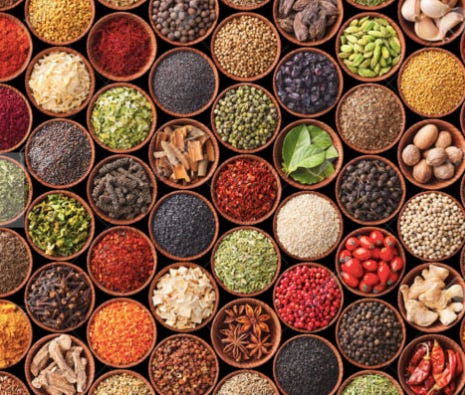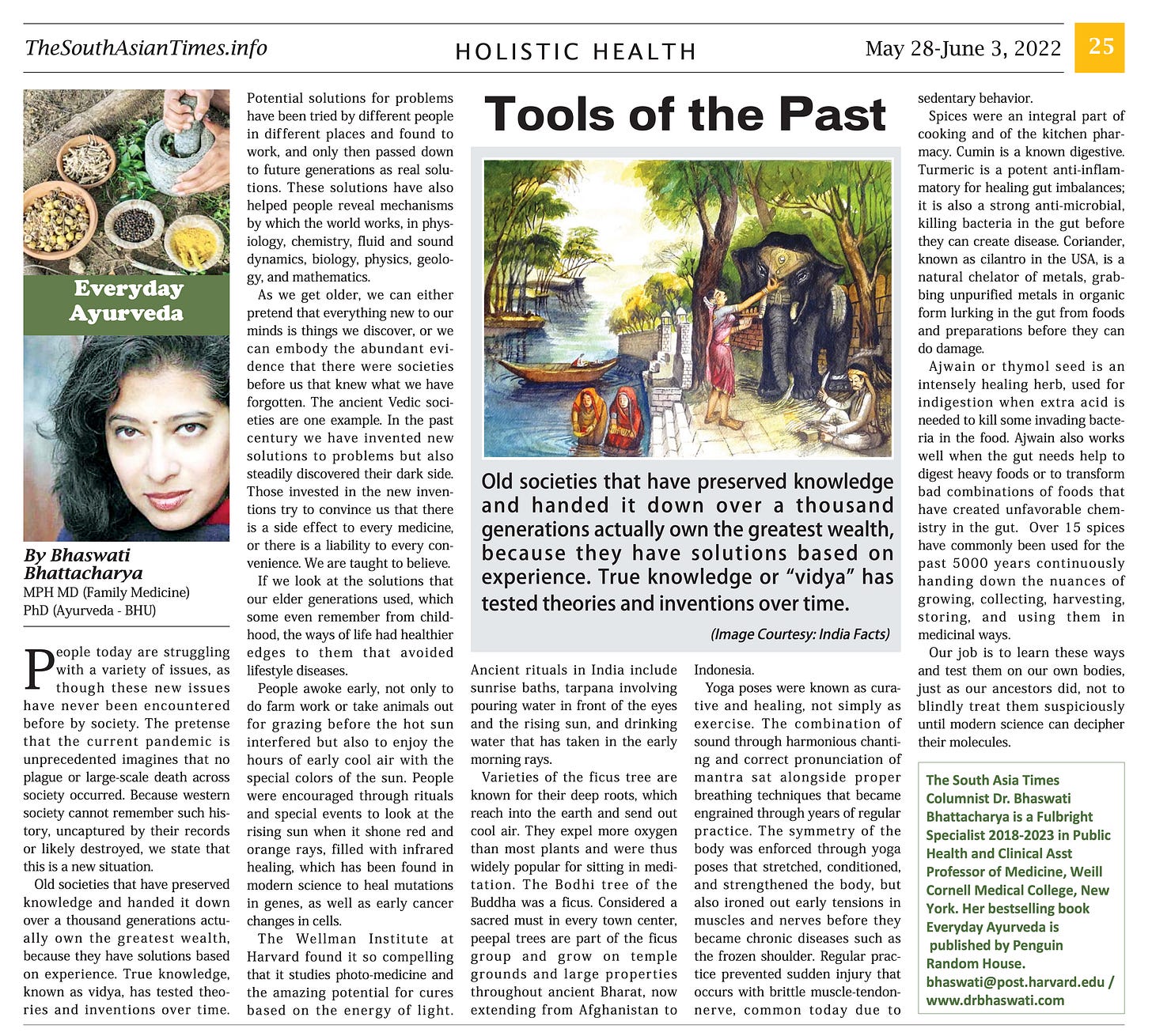Tools of the Past
People today are struggling with a variety of issues, as though these new issues have never been encountered before by society. The pretense that the current pandemic is unprecedented imagines that no plague or large-scale death across society occurred. Because western society cannot remember such history, uncaptured by their records or likely destroyed, we state that this is a new situation.
Old societies that have preserved knowledge and handed it down over a thousand generation actually own the greatest wealth, because they have solutions based on experience. True knowledge, known as vidya, has tested theories and inventions over time. Potential solutions for problems have been tried by different people in different places and found to work, and only then passed down to future generations as real solutions. These solutions have also helped people reveal mechanisms by which the world works, in physiology, chemistry, fluid and sound dynamics, biology, physics, geology, and mathematics.
As we get older, we can either pretend that everything new to our minds are things we discover, or we can embody the abundant evidence that there were societies before us that knew what we have forgotten. The ancient vedic societies are one example. In the past century we have invented new solutions to problems but also steadily discovered their dark side. Those invested in the new inventions try to convince us that there is a side effect to every medicine, or there is a liability to every convenience. We are taught to believe.
If we look at the solutions that our elder generations used, which some even remember from childhood, the ways of life had healthier edges to them that avoided lifestyle diseases.
People awoke early, not only to do farmwork or take animals out for grazing before the hot sun interfered, but also to enjoy the hours of early cool air with the special colors of the sun. People were encouraged through rituals and special events to look at the rising sun when it shone red and orange rays, filled with infrared healing, which has been found in modern science to heal mutations in genes, as well as early cancer changes in cells. The Wellman Institute at Harvard found it so compelling that it studies photomedicine and the amazing potential for cures based on the energy of light. Ancient rituals in India include sunrise baths, tarpana involving pouring water in front of the eyes and the rising sun, and drinking water that has taken in early morning rays.
Image by McKay Savage. This banyan (Ficus benghalensis), known as the Great Banyan, is located in the Acharya Jagadish Chandra Bose Indian Botanic Garden in Howrah, India. The signboard says the tree is in the Guinness Book of World Records for the widest canopy at 1.5 hectares and with about 2880 prop-roots.
Varieties of the ficus tree are known for their deep roots, which reach into the earth and send out cool air. They expel more oxygen than most plants, and were thus widely popular for sitting in meditation. The Bodhi tree of the Buddha was a Ficus. Considered a sacred must in every town center, peepal trees are part of the ficus group and grow on temple grounds and large properties throughout ancient Bharat, now extending from Afghanistan to Indonesia.
Yoga poses were known as curative and healing, not simply as exercise. The combination of sound through harmonious chanting and correct pronunciation of mantra sat alongside proper breathing techniques that became engrained through years of regular practice. Symmetry of the body was enforced through yoga poses that stretched, conditioned and strengthened the body, but also ironed out early tensions in muscles and nerves before they became chronic disease such as frozen shoulder. Regular practice prevented sudden injury that occurs with brittle muscle-tendon-nerve, common today due to sedentary behavior.
Spices were an integral part of cooking and of the kitchen pharmacy. Cumin is a known digestive. Turmeric is a potent anti-inflammatory for healing gut imbalances; it is also a strong anti-microbial, killing bacteria in the gut before they can create disease. Coriander, known as cilantro in the USA, is a natural chelator of metals, grabbing unpurified metals in organic form lurking in the gut from foods and preparations before they can do damage. Ajwain is a intensely heating herb, used for indigestion, when extra acid is needed to kill some invading bacteria in the food. Ajwain also works well when the gut needs help to digest heavy foods or to transform bad combinations of foods that have created unfavorable chemistry in the gut. Over 15 spices have commonly been used for the past 5000 years contiuously handing down the nuances of growing, collecting, harvesting, storing and using them in medicinal ways. Our job is to learn these ways and test them on our own bodies, just as our ancestors did, not to blindly treat them suspiciously until modern science can decipher their molecules.
week 112. TheSouthAsianTimes
Download the .pdf version of this column by clicking on the image.
Dr. Bhaswati Bhattacharya is a Fulbright Specialist 2018‐2023 in Public Health, a family physician in the Department of Medicine at Weill Cornell Medical College in New York, NY, and holds doctorates in pharmacology and Ayurveda. She teaches ayurvedic nutrition on global platforms and cleans her channels regularly with sesame oil, mustard oil, and ghee.
Her bestselling book Everyday Ayurveda is published by Penguin Random House.
To order an autographed copy, write to bhaswati@post.harvard.edu.
To learn more, visit www.drbhaswati.com









